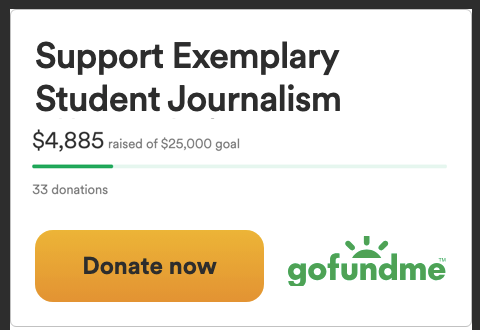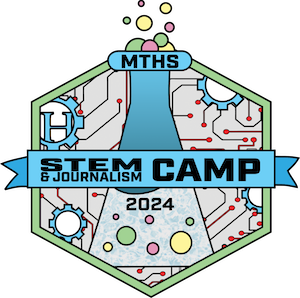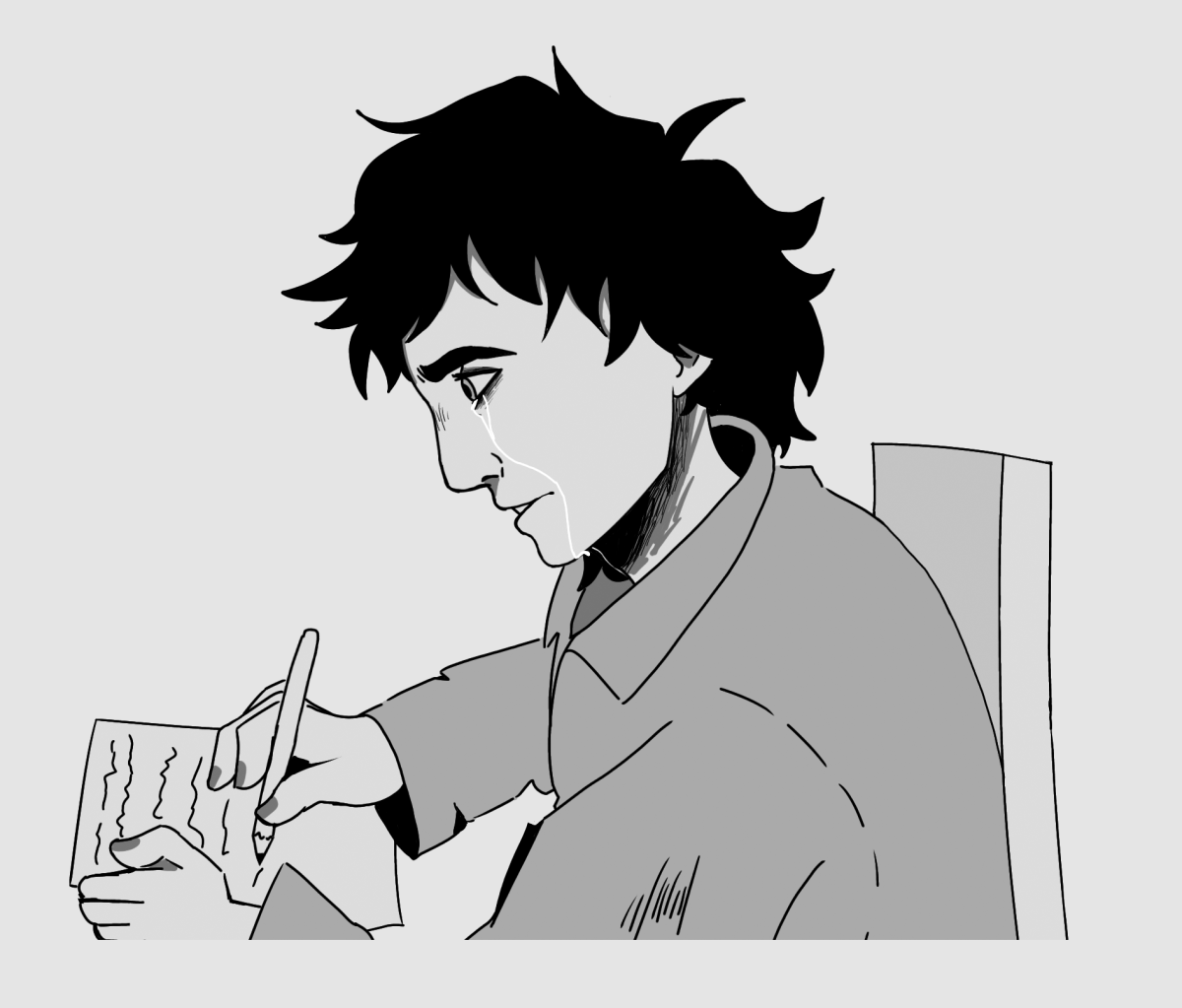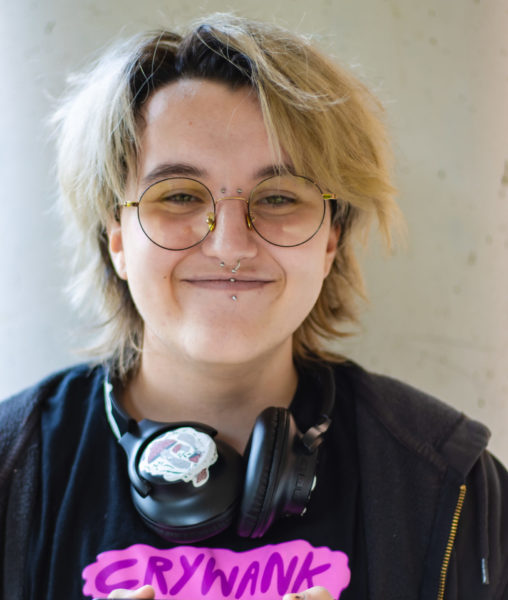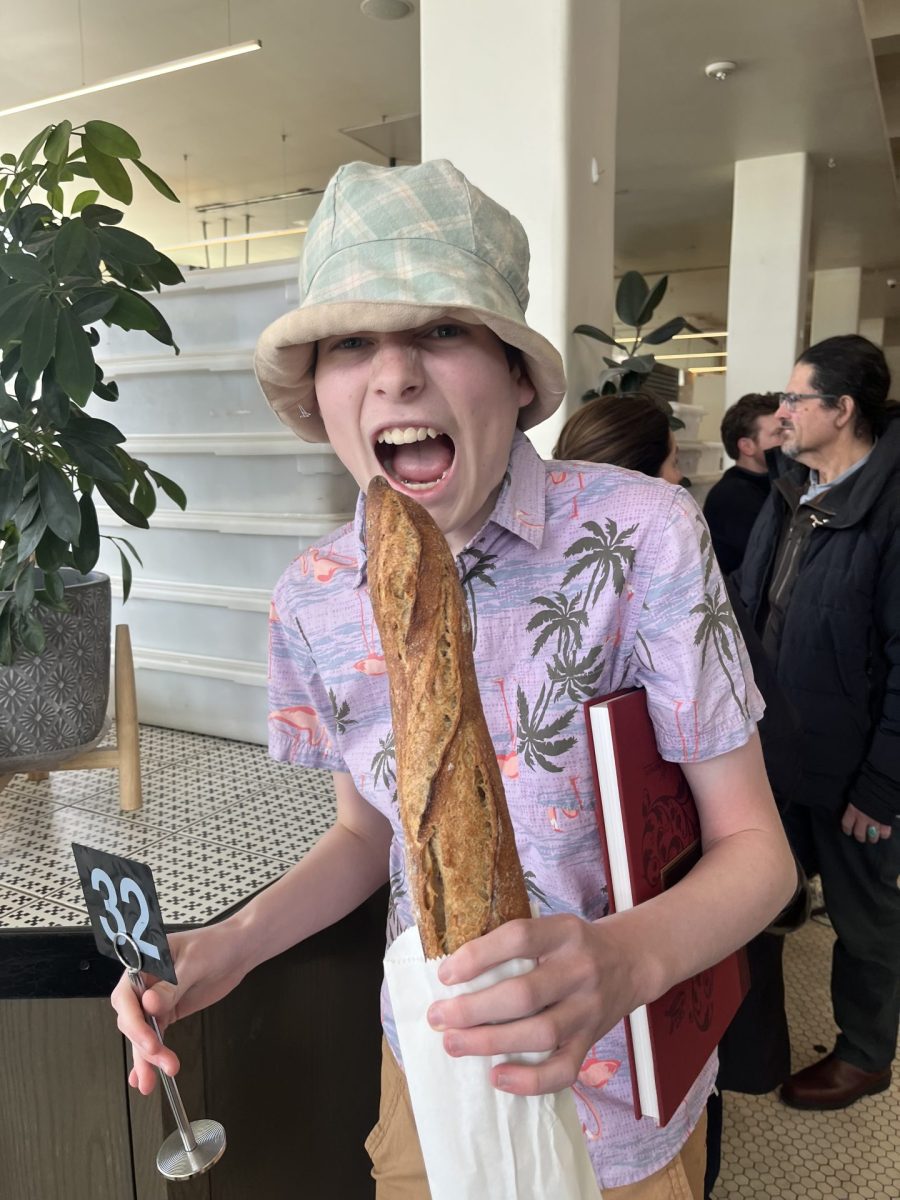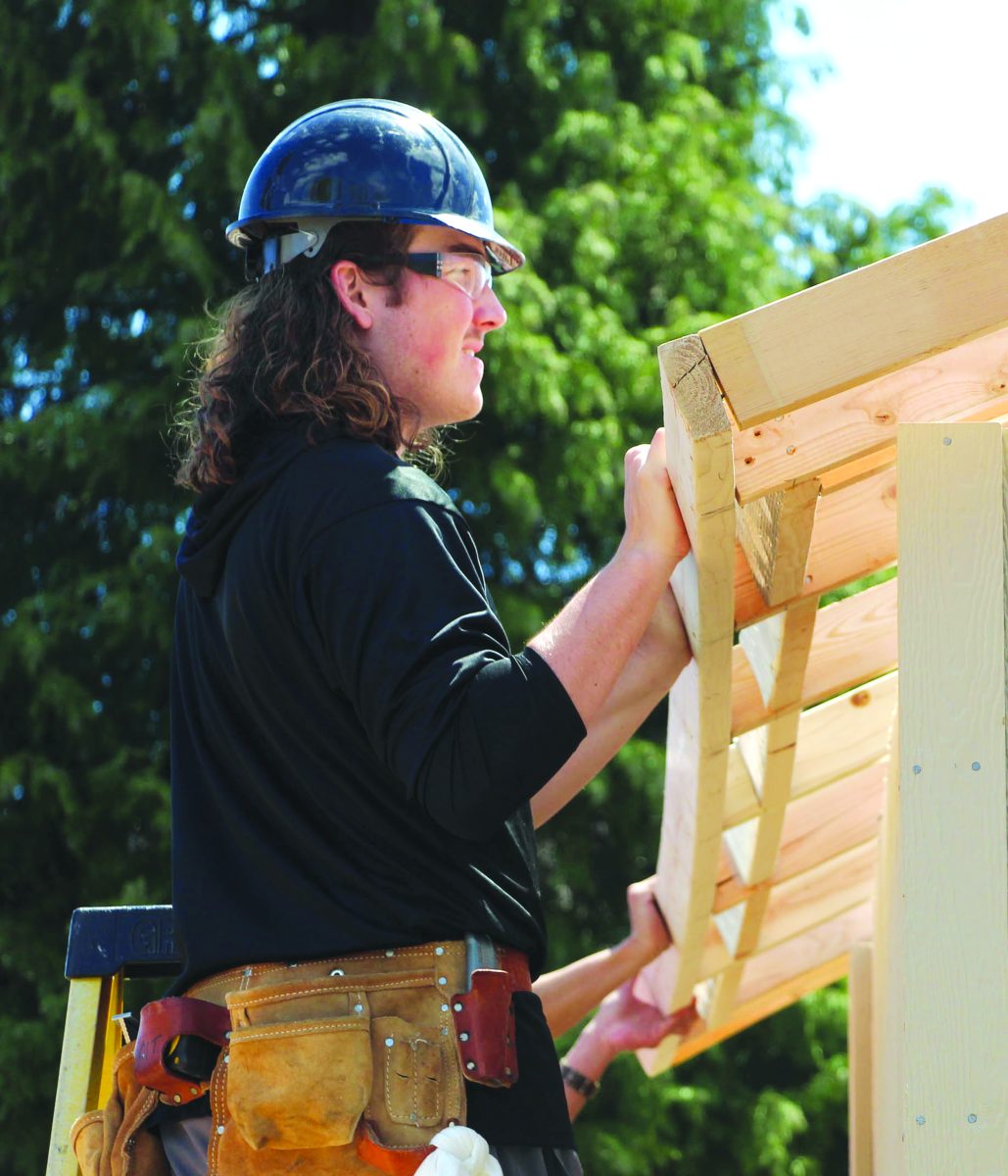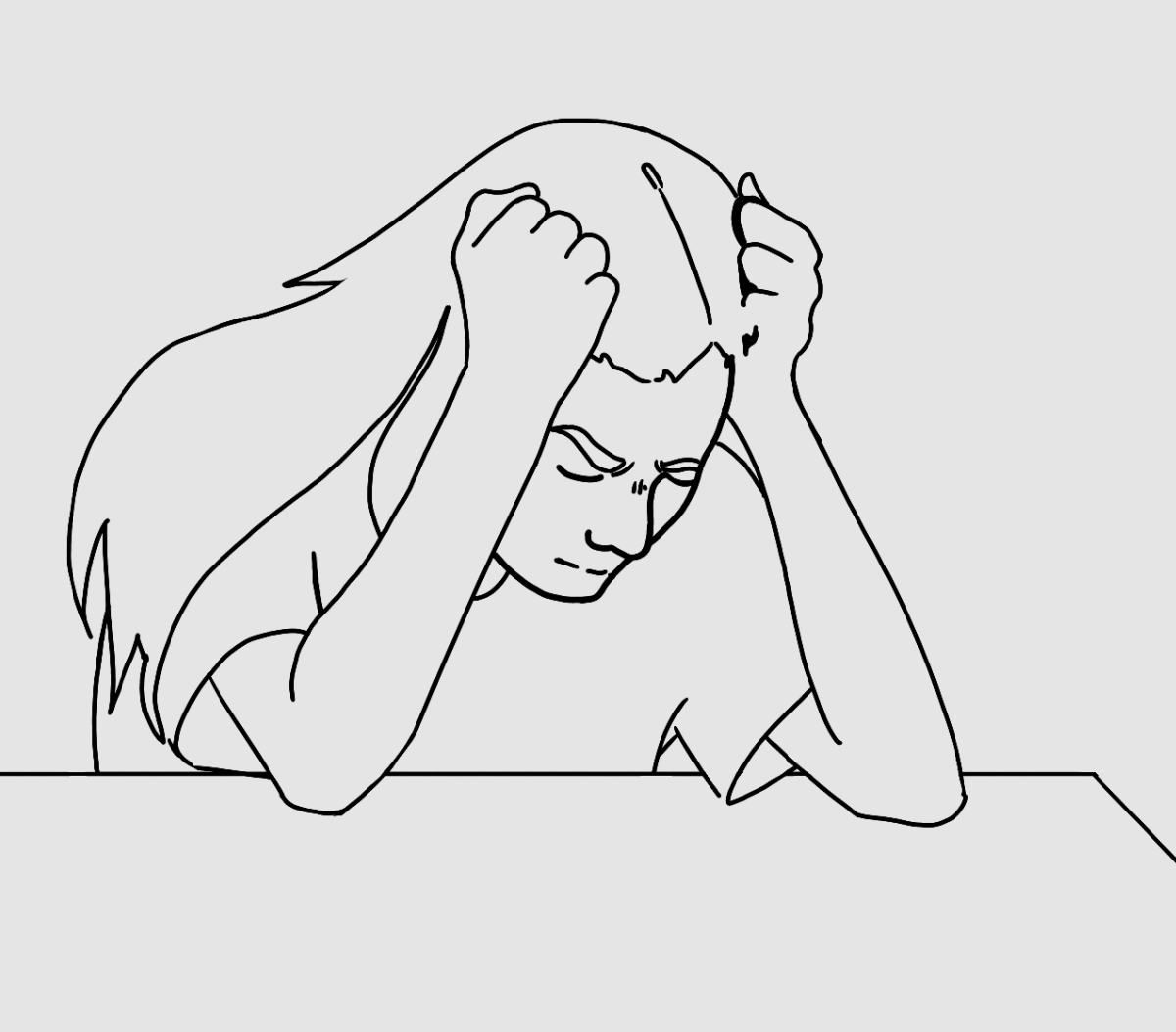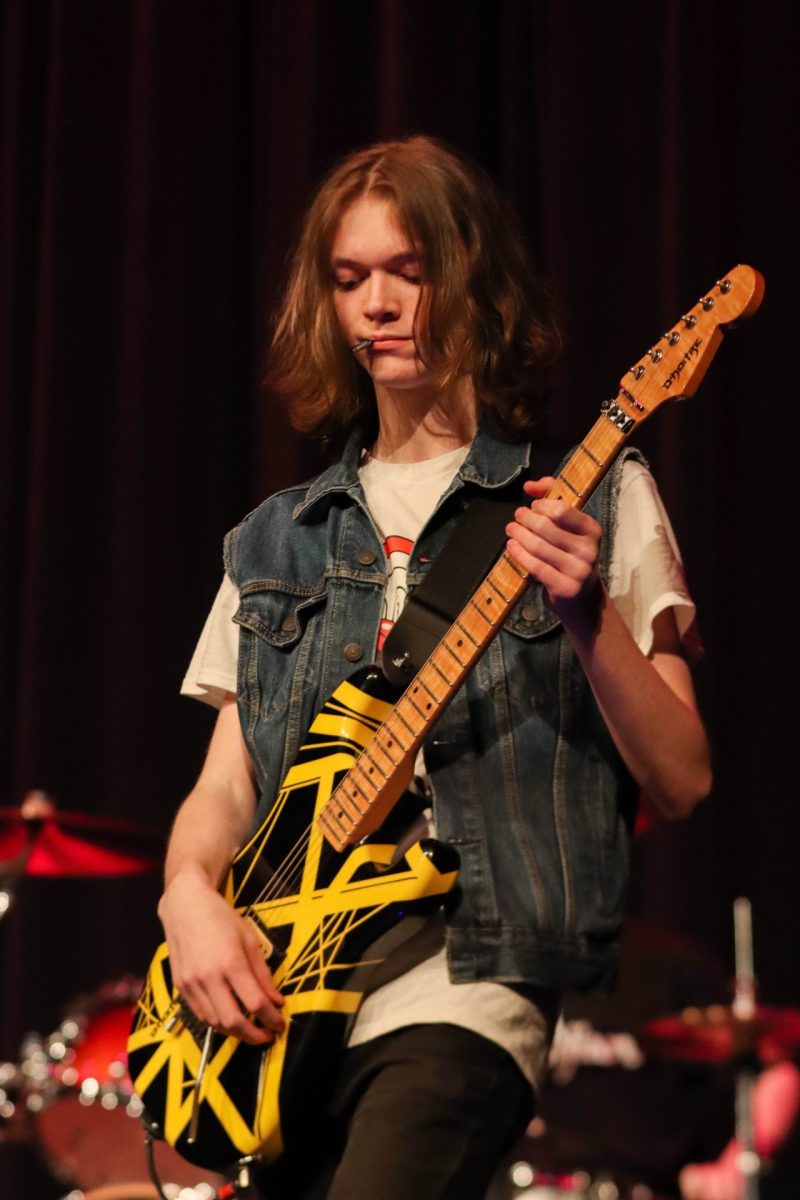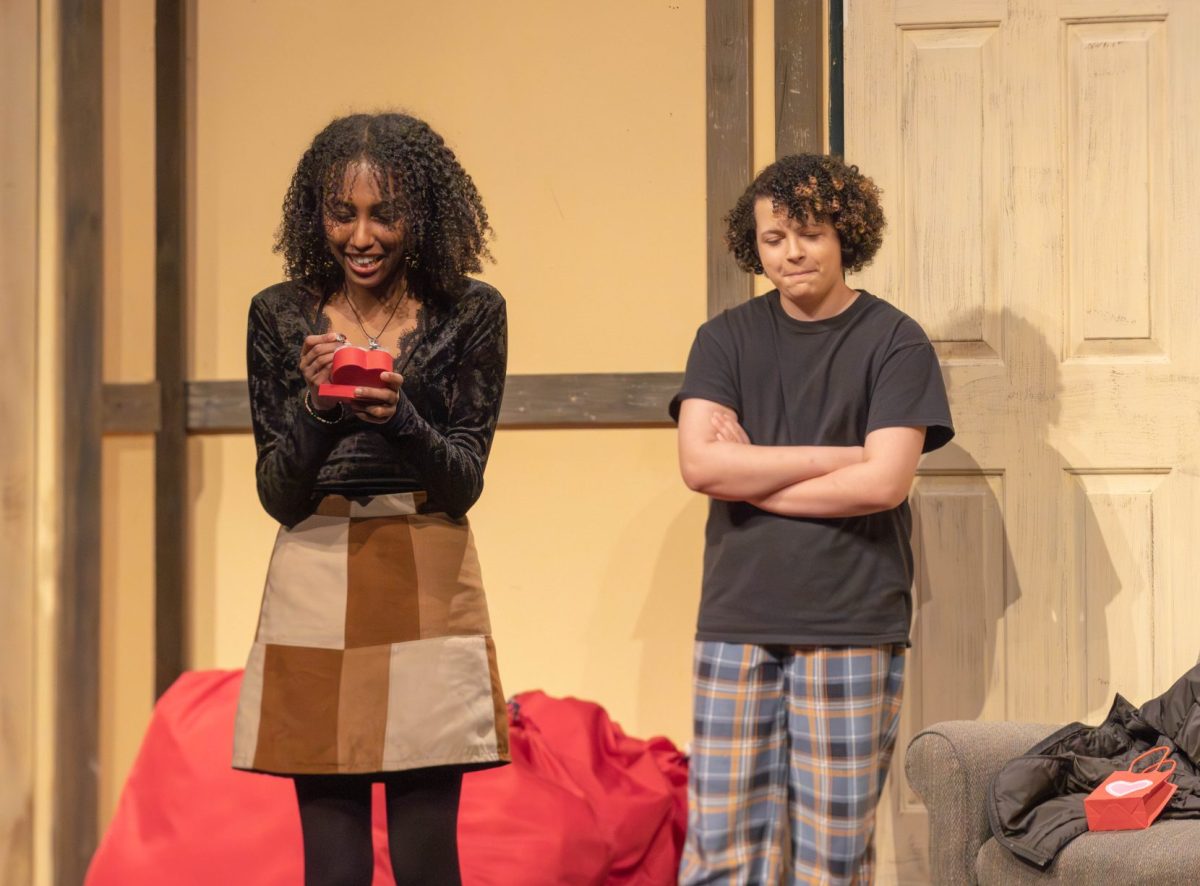The public school system was not built to help artistic students thrive. While in modern day classrooms this isn’t as prevalent, the effect on young creatives due to the education system can still be seen. Grueling work schedules imposed by homework, school burnout, and six hour school days suffocate not only artists, but any creative student.
All this mixed with the insatiable need to succeed and “earn an A” that school instills in students creates young artists that will inevitably burn out and wonder why they couldn’t achieve their artistic dreams.
Arts education has and will continue to be cut from schools, narrowing the already small selection of resources that many students use as emotional outlets. When money is being taken away, the first programs that schools cut are the arts. Not only are arts education often cut from schools, but they are fundamentally ignored in the first place. According to the National Endowment for the Arts (or NEA) “American schools are neglecting arts education, leaving many students culturally illiterate and deprived of skills to create and to communicate artistically.”
Not only does the education system as a whole stifle creativity, but individual schools and classrooms do this as well. By creating strict guidelines for assignments, and giving students only “one way to earn an A” you’re effectively taking the creativity away from students. Restricting what is considered art through assignments, and putting a grade on artistic expression is not how society should be teaching young artists. Giving such a large workload that students have little to no time for anything else is not how society should be encouraging young artists.
Since the start of the 2023-2024 school year, many artists here at Terrace have experienced a decline in creativity. Marisa Henriques, a sophomore at MTHS, as well as a STEM program student is no stranger to the grueling workload of school. “I am apart of HOSA, which is a biotech/health based club….. I have taken four honors classes and I will be taking four AP classes in the next two years.” Henriques said. “[outside of school] I am a drummer, a bassist, and I make charms….I’ve always loved listening to music and accessories.” Many artists feel that school not only disconnects them from their artform, but also themselves as an artist. “School diminishes any time I’d have for those hobbies, I only really have time for things in the summer and I cant be in a [band] show this season because of my schedule. I feel disconnected and as if im not a rounded person because of how much time I spend soley on school and homework.” Henriques said. This is not a sentiment that only one student shares.
According to crossrivertherapy.com “45% of students in high school admit to being stressed almost every day in school. 61% of teenagers between the ages of 13 and 17 feel stress over producing satisfactory grades.” This is not a productive environment for growing and learning students, let alone art. “There needs to be a limit on how much homework teachers can assign in a week, [it feels like] every teacher thinks their class is the most important class you will ever take but you have 5-6 other classes, [its like] they just don’t care about our mental health.” Henriques said.
School diminishes any time I’d have for those hobbies, I only really have time for things in the summer.
— Marisa Henriques, sophomore
The view that traditional education is more important than artistic expression is not new. This view soared in “popularity” during Ronald Reagen’s 1981-1989 Presidency. According to “Our Government and The Arts.” By Livingston Biddle (the Chairman of NEA at the time), the Reagan Administration planned to permanently eliminate the NEA when it came into office in 1981, though that plan was never enacted. Many social campaigns have started since, all in the effort to discredit artists and dissuade students from pursuing a career in the arts. The “starving artist” narrative is a very common anti art argument. This idea that artists will never survive in todays society was told through scared parents, and has been passed on for years. This narrative has scared many young students and parents into viewing art as a useless resource. Not every artist “makes it big” or becomes the next Picasso, but this is true with almost every other career. According to the US Bureau of Labor Statistics and Statista less than fifty percent of artists “starve” due to their career choice. The average yearly salary of professional artists is $65k while over thirty percent of artists make over a million. Compared to the national average of $59,428 a year, its clear to see this narrative does not have foundations to stand on. Artistic expression has existed for thousands of years, and has been used to educate, enlighten, and change society, yet in the US, arts education is viewed as the highway to failure.
According to artsednj.org, “96% of Elementary School, 89% Middle School and 50% of High School Students are actively participating in the arts.” The demanding hours, stressful tests, and draining school days that middle and high school students experience give artists less and less freedom to develop their craft. According to the NEA, more than half of adults in the US (about 52%) participated, viewed, or engaged in the arts during 2022.
There is a clear pattern of middle and highschool students disengaging in art, while a large percentage of their older and younger counterparts continue pursuing artistic endeavors. High School students range from 13-18 years old, and in that span of time, there is so much developmental growth that happens. The fact that artistic expression and creativity are thrown to the side in favor of rigorous education and a letter grade is frankly appalling.
Students need art to grow and thrive and we are directly seeing the impacts of little to no artistic education in newer generations. Phone addiction is becoming an increasing threat to students’ mental and physical health, and it seems that schools are to blame. Giving a student no artistic freedom in their assignments, giving hours of homework from multiple classes, and expecting so much from such young students, it’s really no surprise that young people are turning to technology for comfort. Schools are built for students to produce work that meets a standard, if you do not meet this standard you are met with red markings on your paper.
Schools push students away from artistic expression by showing students that their art does not meet these standards, and as a result young people are turning to technology for their creative outlets. The National Center for Education Statistics found that high school students get an average of 6.8 hours of homework per week. This on top of the already six average hour school days is something that stifles creativity in students.
We cannot expect students to be productive members of society when they are stripping away the very foundations of life: art. Education is an incredibly important and fundamental aspect of society, but there must be a way to integrate creative liberty and artistic expression into the curriculum that schools provide.
This is a larger issue with how schools are run as a whole but there are still ways that you can support artists in your community. Donate to performing arts programs, join art classes, show the world that Arts education is important, because it most certainly is.
Keep creating, whether it be music, painting, writing, drawing, or crafting. While it may feel overwhelming to continue pursuing art in a world where it’s undervalued, the only way to keep it alive is by practicing.


